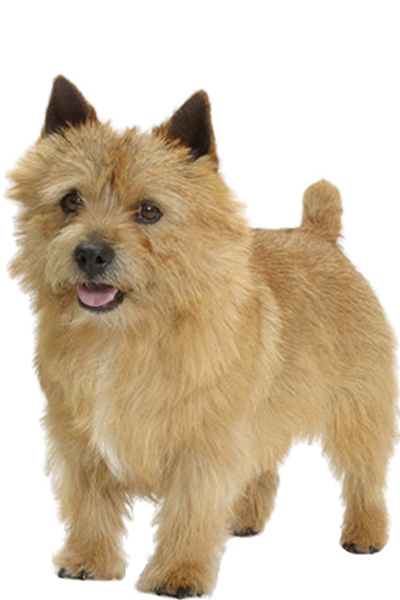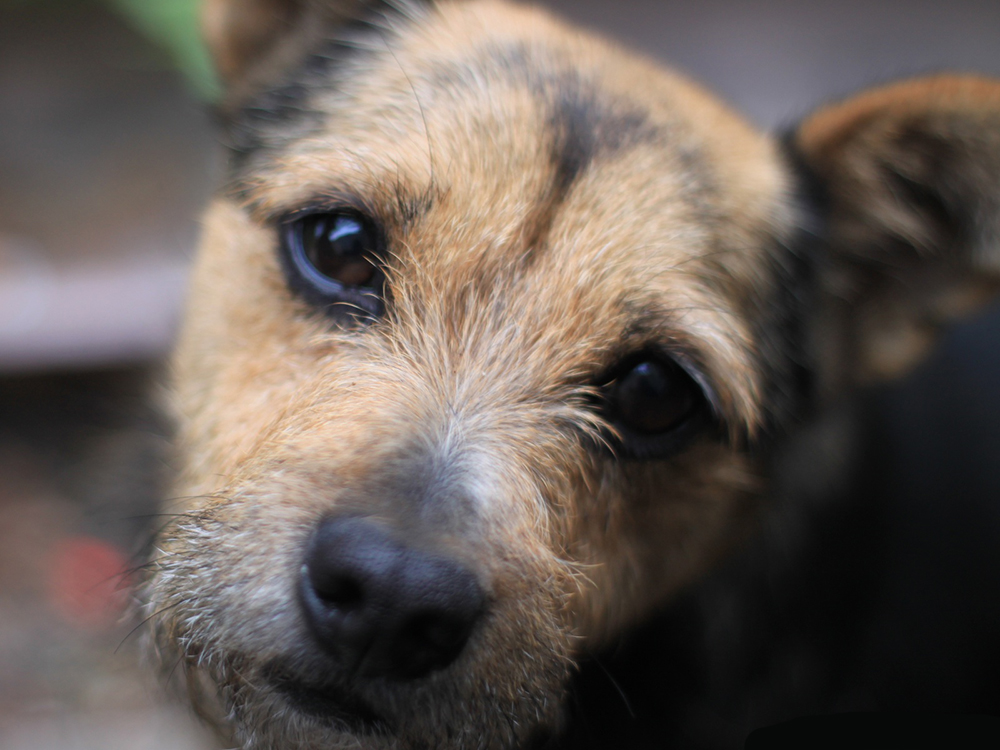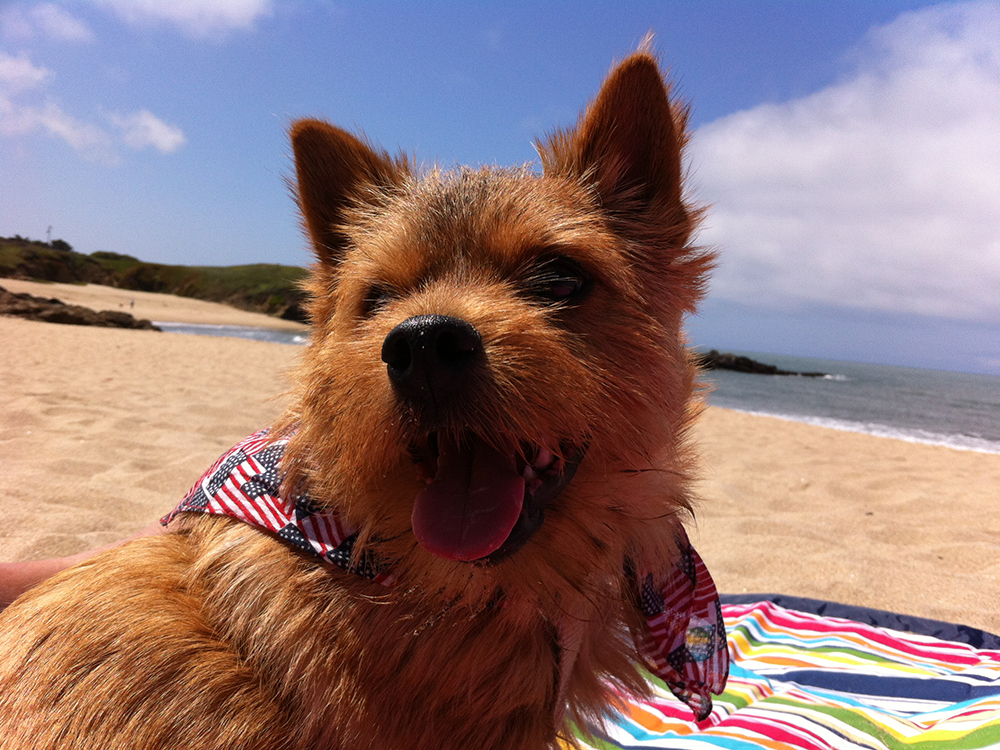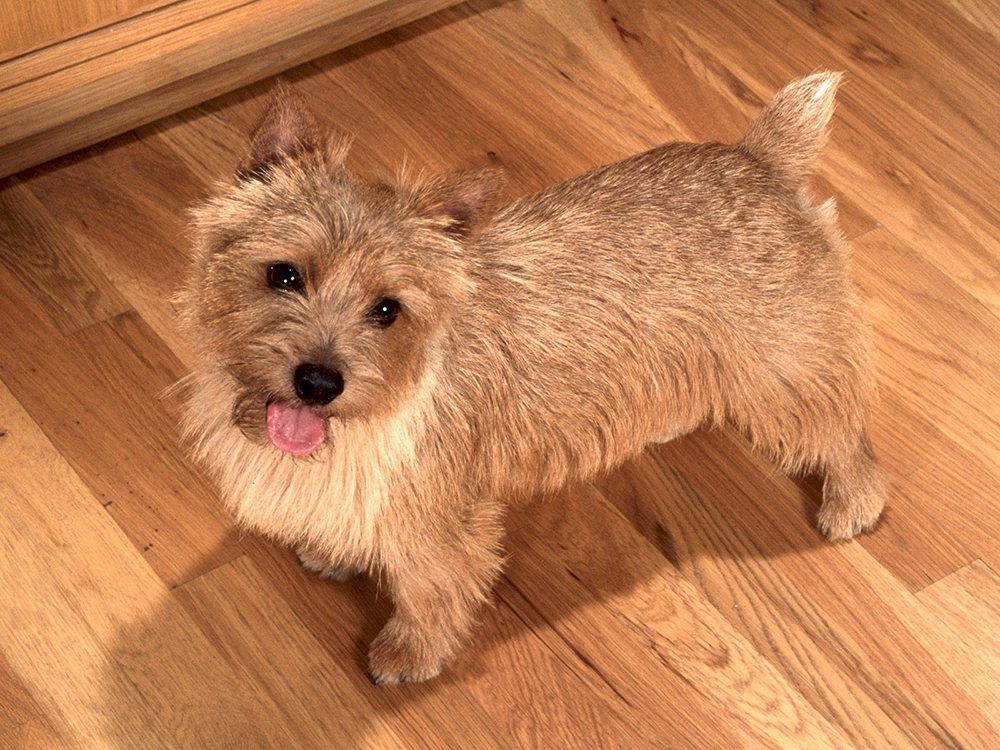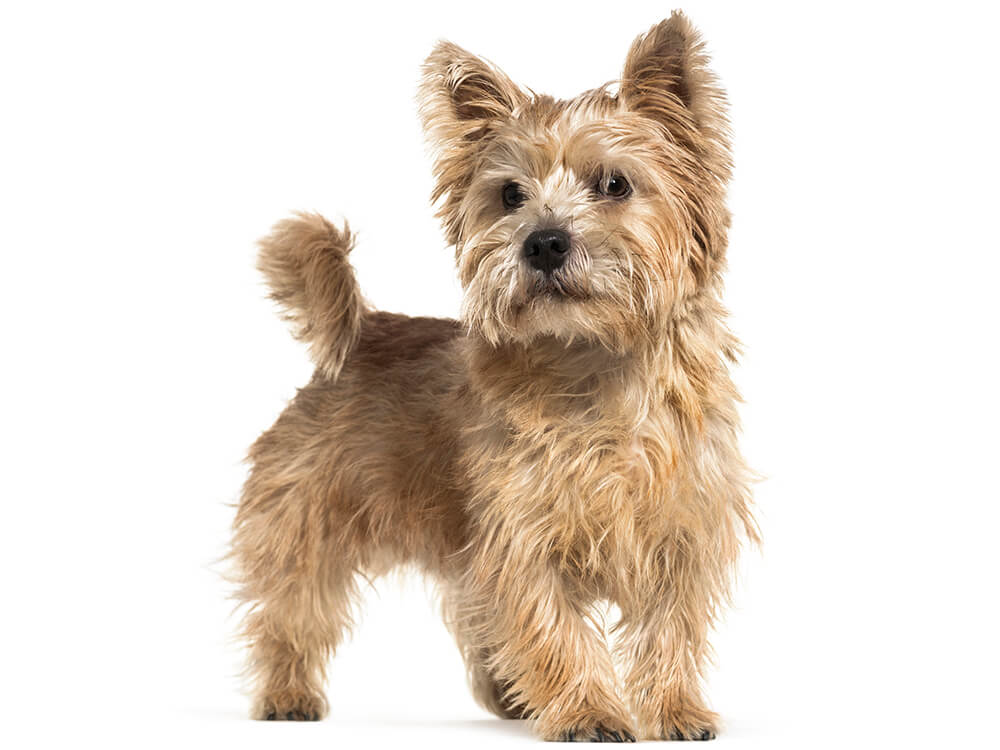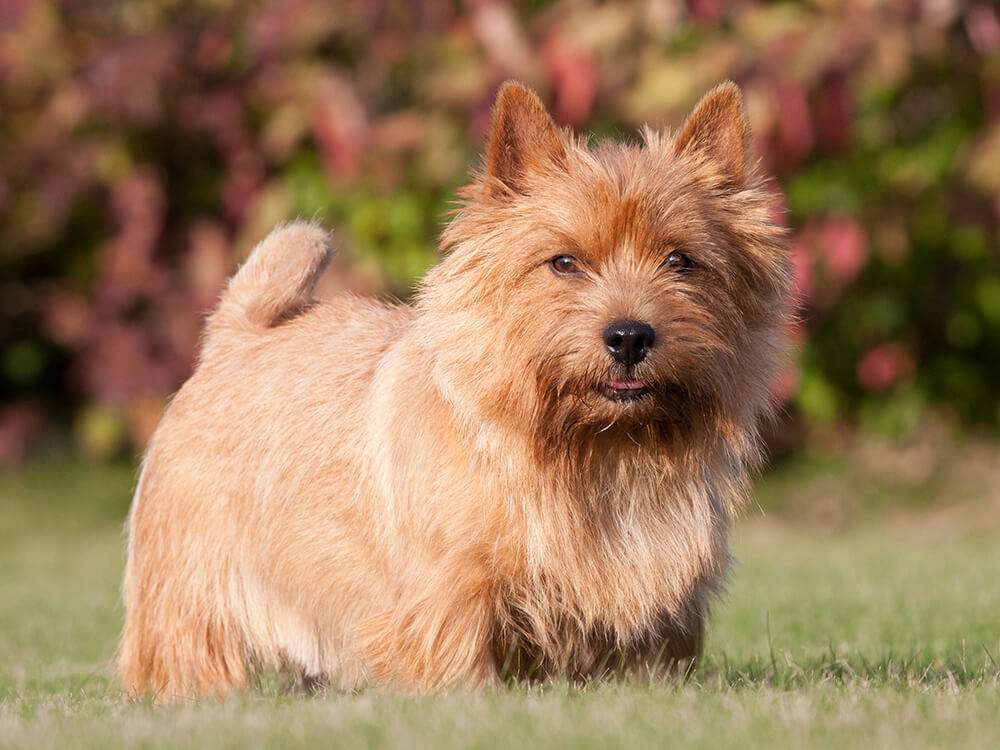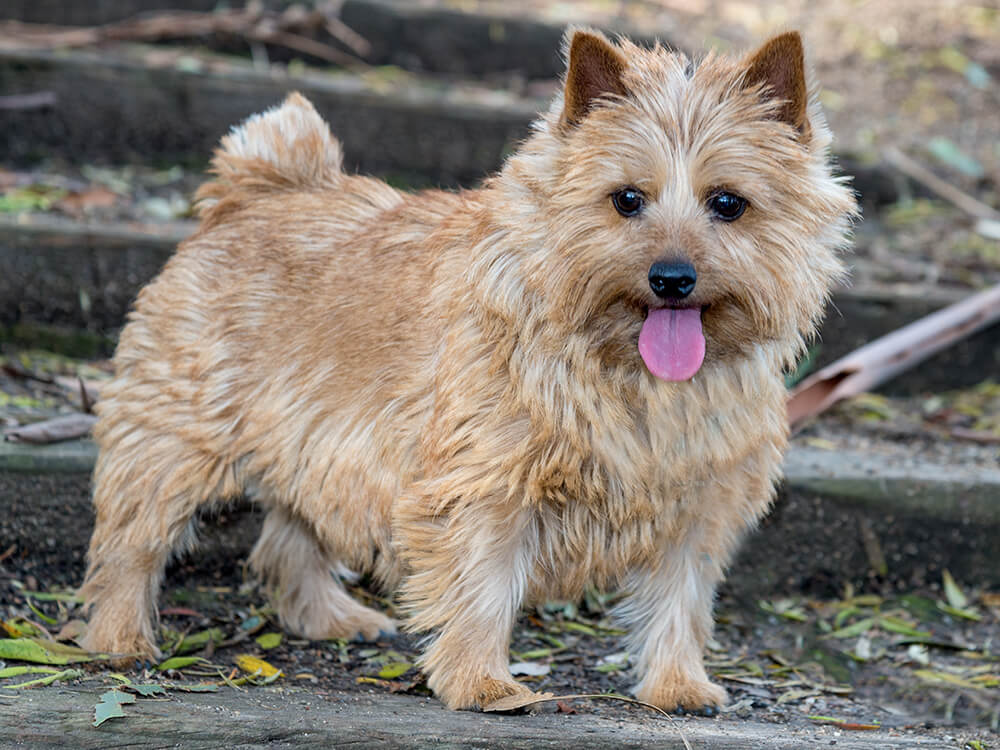
Norwich Terrier Breed Pictures
Vital Breed Stats
| Height: | 23 - 25 cm M | 23 - 25 cm F |
| Weight: | 4 - 6 kg M | 4 - 6 kg F |
| Breed Group: | Working Dog Group |
| Life Expectancy: | 13 - 15 years |
| KC Registered: | No |
Breed Characteristics
| Size: |  |
| Grooming: |  |
| Exercise Level: |  |
| Trainability: |  |
| Barking Level: |  |
| Good with Children: |  |
| Good with other pets: |  |
| Affectionate: |  |
| Protective: |  |
| Cost to Keep: |  |
Give a thumbs up if you love the Norwich Terrier

0
More About the Breed
History
The Norwich Terrier originated in the 19th century East Anglia, England where they were used to work as ratters in stable yards and bolters on fox hunts. These working terriers also served as mascots of Cambridge students as Cantab Terriers.
It is believed that the Norwich Terrier descended from Irish Terriers, small red terriers, which existed in the area way back in the 1860s. Others speculate that the Border Terrier and the Cairn Terrier were among its ancestors. Either way, the Norwich Terrier was developed by Frank Jones by crossing different working terriers to produce smaller dogs, able to dig into small burrows.
In 1932, the Norwich Terrier was recognised and accepted by The Kennel Club as a breed in its own right. After World War II, breeders decided to produce two varieties of the breed distinguished by their ears. Today, we have the Norfolk Terrier with the drop ears and the Norwich Terrier with the pricked ears.
Norwich Terriers have become a popular choice as companion dogs for families, but over recent years, its numbers have declined as such that the breed has been placed under the vulnerable native breed list of The Kennel Club.
Appearance
The Norwich Terrier is a small, sturdy dog with an average weight of 11 to 12 pounds. Its body can be described as slightly longer than it is tall, standing 24 to 25 centimetres. It looks very similar to the Norfolk Terrier with the difference being that the Norwich Terrier has pricked ears. The Norwich Terrier has a slightly dome-shaped head, wedge-shaped muzzle and well-defined stop. The eyes are small, oval-shaped and dark in colour showing a bright and curious expression. Norwich Terriers have strong and muscular back legs and powerful front legs that are quite short. They carry their tails straight.
Norwich Terriers boast of a harsh and wiry topcoat that lies close to the body, whereas the undercoat is comprised of dense coat that is soft to touch. They also wear a ruff around the neck and hair on their heads, ears, eyebrows and whiskers. Accepted breed colours include wheaten, black, tan, grizzle and all shades of red.
Grooming
Temperament
The Norwich Terrier is an affectionate dog breed, which makes it a good choice for a family pet. It is friendly with everyone and loves getting the attention. It is a fearless hunter and a good watchdog with a quick bark, but is a poor guard dog because of its size. However, Norwich Terriers don't like to be left alone for hours on end, so it is important that at least one family member stays home. When left on its own, this terrier dog will likely occupy itself by picking up bad habits such as chewing and excessive barking.
The Norwich Terrier is a sociable dog and gets on well with older children who are at least 7 to 8 years old. In homes where there are young children, supervision is a must. Norwich Terriers tend to be boisterous at times. When socialised early on, the Norwich Terrier can get along well with the household cat and other dogs. However, other small pets like rabbits, squirrels and the like are considered prey so care should be taken when they are around a Norwich Terrier.
Intelligence
Nutrition
- Senior and less active: up to 400 calories daily
- Typical adults: up to 450 calories daily
- Physically active/working dogs: up to 500 calories daily
Feeding
Health
Exercise
Cost of Ownership
When you decide to buy a Norwich Terrier, start bracing yourself for the financial obligation. Owning and raising a dog throughout its lifetime is a big responsibility and can put you out of thousands of pounds. If you want to make sure you don't fall short in your budgeting once you have a dog, below is a breakdown of a few major expenses:
- Norwich Terrier puppy from a reputable breeder will cost around £200 to £400.
- Pet insurance premium will depend on where you live, and the dog's age and health. Most affordable pet insurance costs somewhere £20 to £40 a month.
- Small dogs like the Norwich Terrier does not eat much, so you save a bit in that department. Food will cost you around £30 to £40 a month.
- Veterinary care is another significant cost that can quickly add up to £800 a year. However, this cost estimate already includes the initial vaccination, boosters and neutering.
- Dog supplies may be a bit expensive at £200, but it's a one-off expense.
Is a Norwich Terrier Right for You?
- The Norwich Terrier is an affectionate dog and great family companion.
- It is watchful, making it an excellent watchdog but a poor guard dog.
- It is a friendly dog breed but is more suitable to older children.
- It is difficult to groom and will require hand stripping at least twice a year.
- It needs at least 60 minutes of daily exercise to be happy and healthy.
- It gets on well with dogs, even cats but not with rabbits, squirrels and other small animals.
